Southeast Asian food has spread throughout the Seattle area in recent years. Here are some of the best places to try
When you mention Southeast Asian food to people in Seattle, most think of the dozens of Thai spots scattered across the city, many of which sling dishes common in the American foodscape: pad thai, Thai fried rice and red, green and yellow curries served with your choice of protein.
Or they think of pho, banh mi and Vietnamese grilled meat plates, which are as easy to find here as East Asian dishes like sushi and bibimbap, or American Chinese favorites such as General Tso’s chicken.
Until somewhat recently, restaurants from the rest of Southeast Asia were harder to find in the Seattle area. Sure, there are a couple of exceptions, like the James Beard Award-winning Filipino grocery and kitchen Oriental Mart and the Cambodian Phnom Penh Noodle House, which has been serving adobo and Cambodian noodles to Seattleites for almost 50 years.
But by and large, dishes from Laos, Malaysia, Indonesia, the Philippines and other Southeast Asian countries were not as ubiquitous in the Seattle-area food scene.
That’s changed in the last decade — especially in the last three to five years — as the Seattle area has seen a noticeable increase in the number of restaurants that extend past the borders of Thailand and Vietnam into the rest of Southeast Asia.
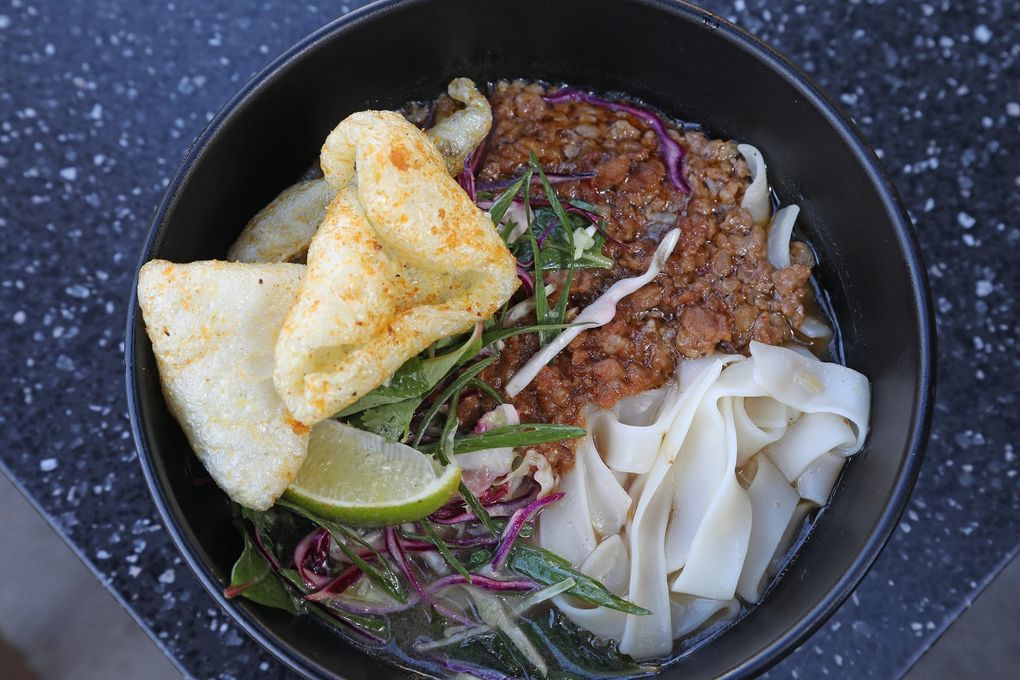
Melissa Miranda’s Filipino restaurant Musang, which opened at the beginning of 2020 on Beacon Hill, has earned national recognition. Archipelago, a 12-seat, Pacific Northwest-inspired Filipino restaurant in Hillman City, opened at the end of 2018, and is widely celebrated for its artful prix fixe meals. Taurus Ox on Capitol Hill started in 2019 and serves Laotian pork sausages and sticky rice to hungry crowds. In the same neighborhood, Kedai Makan is always packed with diners drinking lime-leaf gin and tonics and eating Malaysian fried chicken with pineapple sambal. Reunion in Kirkland slings bowls of Malaysian laksa, a spicy curry noodle soup, while Indo Café in North Seattle offers steaming piles of Indonesian beef rendang fragrant with galangal. And since the pandemic started, pop-ups like Marimakan, Masakan, and Kinako and Goma have been offering Singaporean chili crabs, Malaysian roti and Southeast Asian desserts.
The owners of these new Southeast Asian restaurants say their growth is driven by a generation of chefs whose families moved to the U.S. between the late 1960s and the 1980s and who are now old enough to start businesses. That has dovetailed with the coming of age of a more adventurous generation of diners willing to try foods with unfamiliar flavors that their parents wouldn’t have touched.
Khampaeng Panyathong, one of the owners of Taurus Ox, is part of a wave of immigrants who left Southeast Asia in the 1970s and 1980s, fleeing the turmoil of the Vietnam War, the Laotian Civil War and the Cambodian Khmer Rouge genocide for a calmer life in the United States.
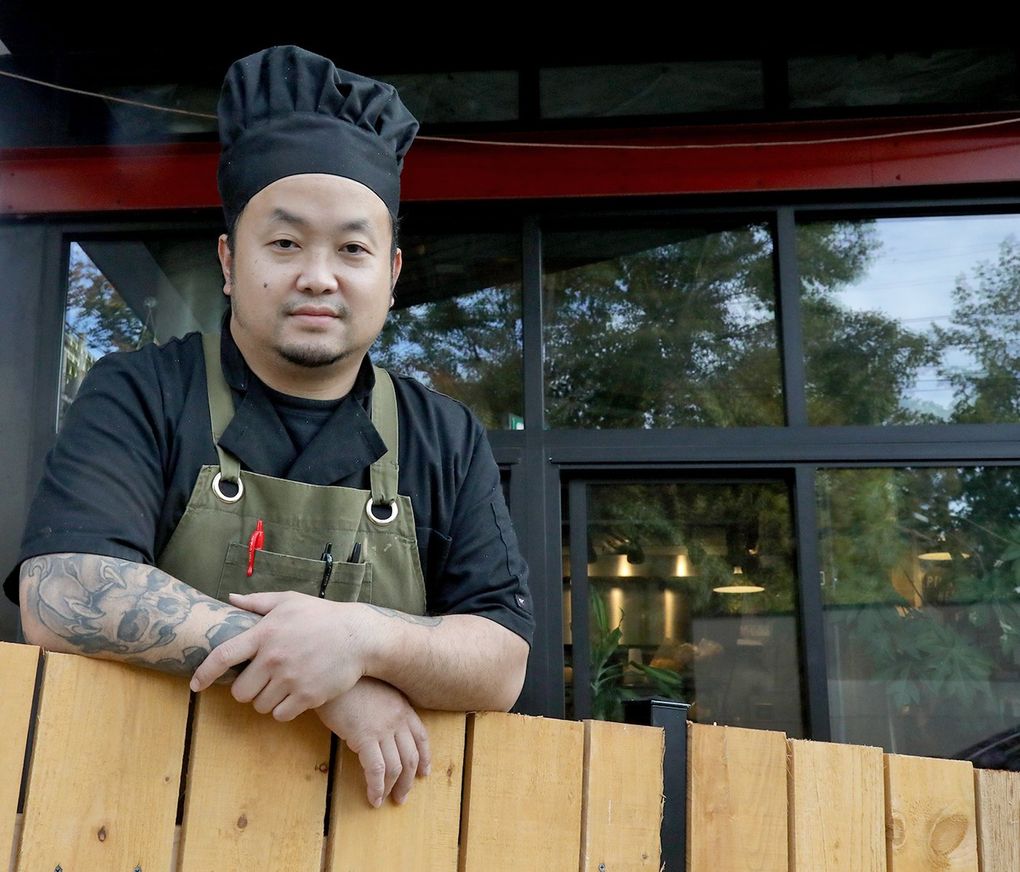
Panyathong was born in a refugee camp in Thailand in 1985 after his family fled the Laotian Civil War. He moved to Seattle when he was 2 years old. He says it’s his generation of Laotian Americans — that either left Laos as kids or were born in the U.S. right after their families immigrated here — that is opening the Laotian restaurants he follows in Seattle and other U.S. cities.
Because his parents, and other Laotian immigrants, came to the U.S. without a lot of economic resources, he says he and his generation needed to work their way up in the restaurant industry and are finally opening restaurants now that they’re in their 30s and 40s.
Aaron Verzosa, the chef behind Archipelago, describes a similar phenomenon in the Filipino American community. Through his meals, he tells the history of Filipino Americans in the Pacific Northwest. They’ve been a part of the culture here, and integral to industries like agriculture, since the early 1900s. But Verzosa says he and other children of the last large wave of Filipino immigrants, who came to the U.S. to work in health care and the military in the 1960s and ’70s, are the first with the freedom and resources to start fine dining restaurants like Archipelago. He says earlier waves of immigrants were just fighting for survival, and even his parents (who worked in health care) were mainly focused on creating opportunities for their kids.
“In some ways, we’re the generation that’s free to do what we want,” Verzosa says.
Musang’s Miranda belongs to this same generation. Both she and Verzosa are members of the Ilaw Coalition, a group of Filipino Americans who support one another in their food industry careers in the Pacific Northwest.
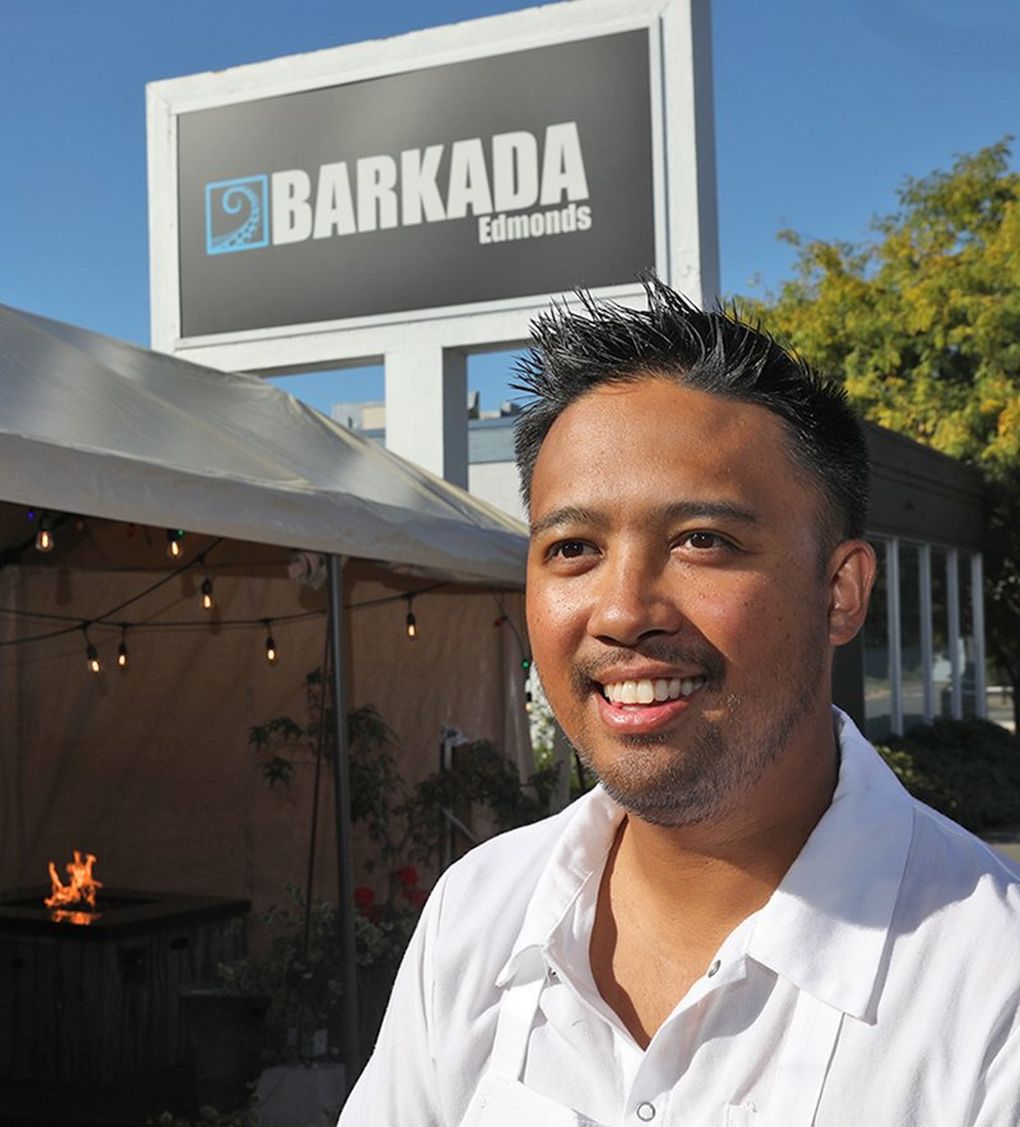
Brian Madayag, who owns the Filipino Hawaiian restaurant Barkada in Edmonds, says this generation, having grown up in the U.S., has more business savvy and knowledge of the food scene — things needed for successfully launching a restaurant. His mother immigrated to Hawaii in the 1960s and worked at a Dole cannery before moving to Seattle.
Beyond immigration trends, a generation of diners more willing to try new foods is also driving the success of these Southeast Asian restaurants.
Kevin Burzell, one of the owners of Kedai Makan, thinks part of this cultural shift comes from the diversification of the city. “The people are just not afraid to try things,” he says.
According to 2020 census data, Seattle is becoming more diverse. For example, Seattle’s Asian population increased by almost 50% between 2010 and 2020, compared with less than a 9% growth among the white population.
Reunion owner Robert Tju, who’s from Malaysia, moved to the Seattle area from Arkansas in 2016 and opened his restaurant. He says that in a more diverse city, people know more about food from other cultures, especially the younger generations who grew up in a diverse foodscape.
Diane Le, one of second-generation owners of Phnom Penh Noodle House, says while she and her sisters used to hate bringing Cambodian food to school because people would make fun of them, her kids don’t have the same issue. And Le says many people dining out now are more “adventurous and accepting,” and sometimes even familiar with Southeast Asian food from watching travel shows like the late Anthony Bourdain’s.
Panyathong and other Southeast Asian restaurant owners in Seattle say their food can only get more popular from here.
He says once you try the strong flavors in Southeast Asian food that haven’t been toned down for an American palate — powerful fish sauces and shrimp pastes, fermented fruits and vegetables and fiery chili sauces — you just keep wanting more.
“Once you get these really, really, flavorful foods, everything else kind of becomes boring,” Panyathong says. “So I don’t see people going back.”
*****************

Where to find Southeast Asian food in the Seattle area
Here are some of our favorite places to eat Southeast Asian food in the Seattle area, from countries besides Thailand and Vietnam. This is not an exhaustive list, and it’s listed alphabetically.
Archipelago
5607 Rainier Ave. S., Seattle; the restaurant is booked through November, but you can join a waiting list at archipelagoseattle.com
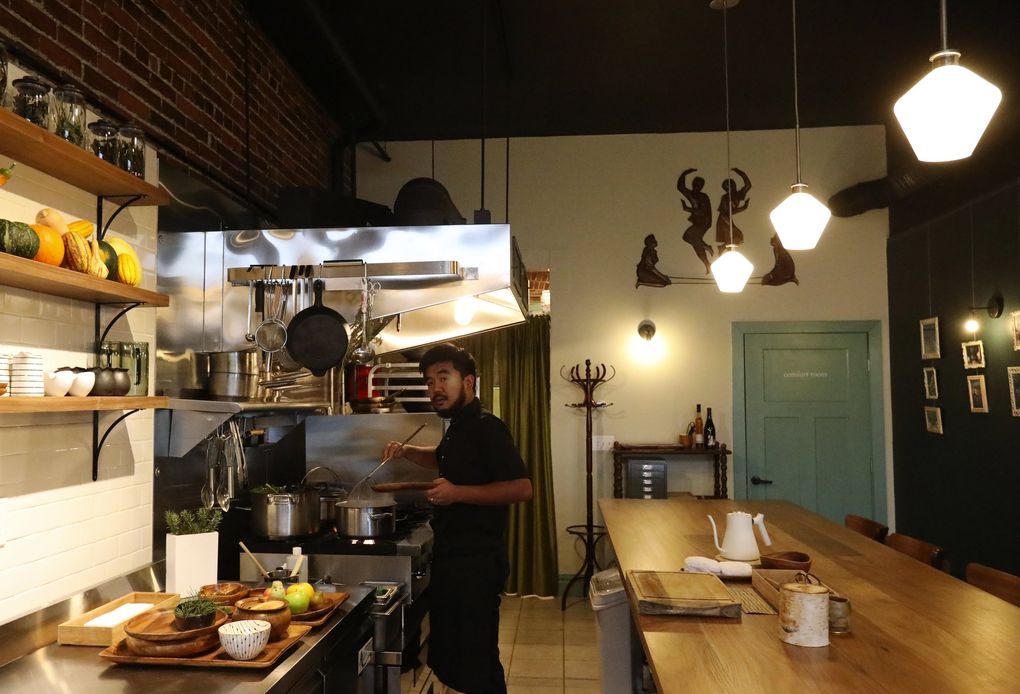
Archipelago tells the story of Filipinos in the Pacific Northwest with tasting menus packed with local ingredients and Filipino flavors. Former Seattle Times food critic Providence Cicero wrote in 2019 that “by swapping out tropical ingredients for those indigenous to the Pacific Northwest, [chef Aaron Verzosa is] not trying to mimic Filipino food so much as move the conversation forward.” Even for tropical ingredients like lemon grass, ginger and turmeric, Verzosa says he tries to work with local producers, including the Filipino American-owned Kamayan Farm.
Barkada
4-8 p.m. Wednesday-Saturday; 622 Fifth Ave. S., Edmonds; barkadaedmonds.com
Madayag, the chef of Barkada, serves Filipino Hawaiian dishes at his restaurant, a representation of his family history (his mom first immigrated to Hawaii). So the menu features Filipino classics like chicken adobo and sisig pork belly but also kalua pig and poke. My colleague, Jackie Varriano, loved the restaurant’s perfectly executed comfort food and the friendly service from Madayag when she visited the restaurant in 2019.
Indo Café
Noon-8 p.m. every day; 13754 Aurora Ave. N., Suite D, Seattle; myindocafe.com
Indo Café is a restaurant in a strip mall on Aurora Avenue that serves dishes from all around Indonesia, an archipelago with over 17,000 islands. The bakmi goreng jawa noodles are wonderfully bouncy with a deep, sweet soy sauce flavor. And the nasi padang plate comes with superbly tender beef fragrant with galangal and fried chicken loaded with burning-hot, funky green chili sauce.
Kedai Makan
5-10 p.m. Wednesday-Saturday; 1802 Bellevue Ave., Seattle; kedaimakansea.com
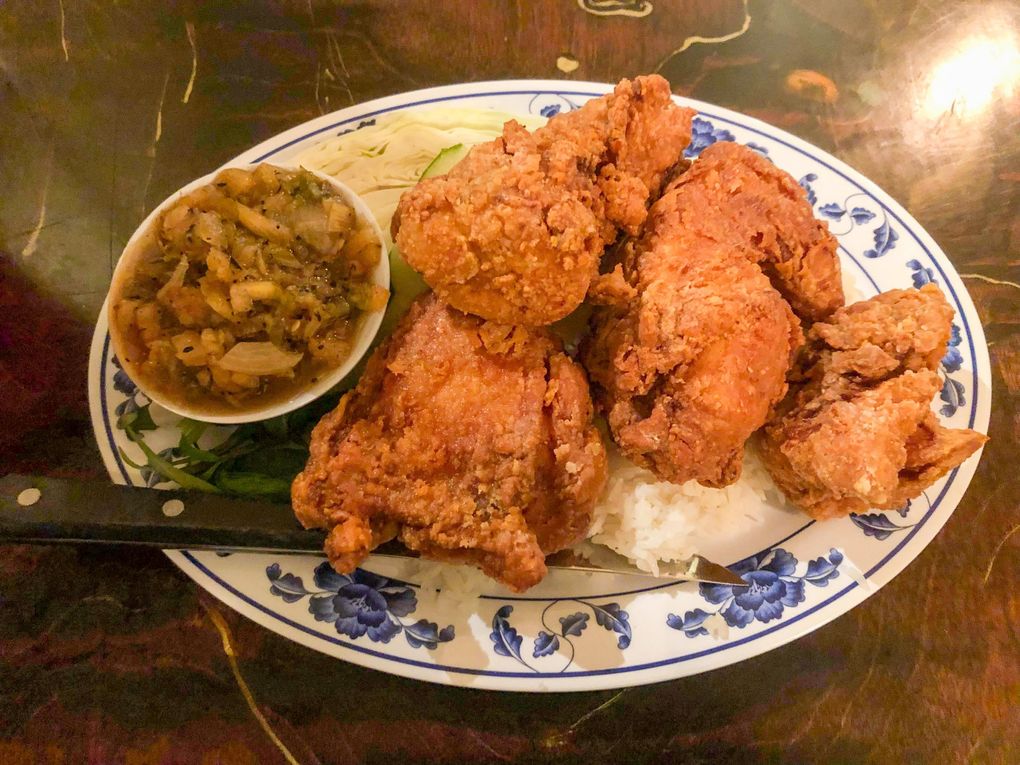
Kedai Makan is a popular Malaysian food spot on Capitol Hill. The restaurant doesn’t take reservations, and wait times can be long. But the extra-juicy fried chicken that’s richly flavored with shrimp paste, turmeric and coriander, and the barbecue pork fried rice, are worth it.
Marimakan
4-7 p.m. Thursday-Saturday or Friday-Sunday; check instagram.com/marimakanseattle for weekly menus and hours
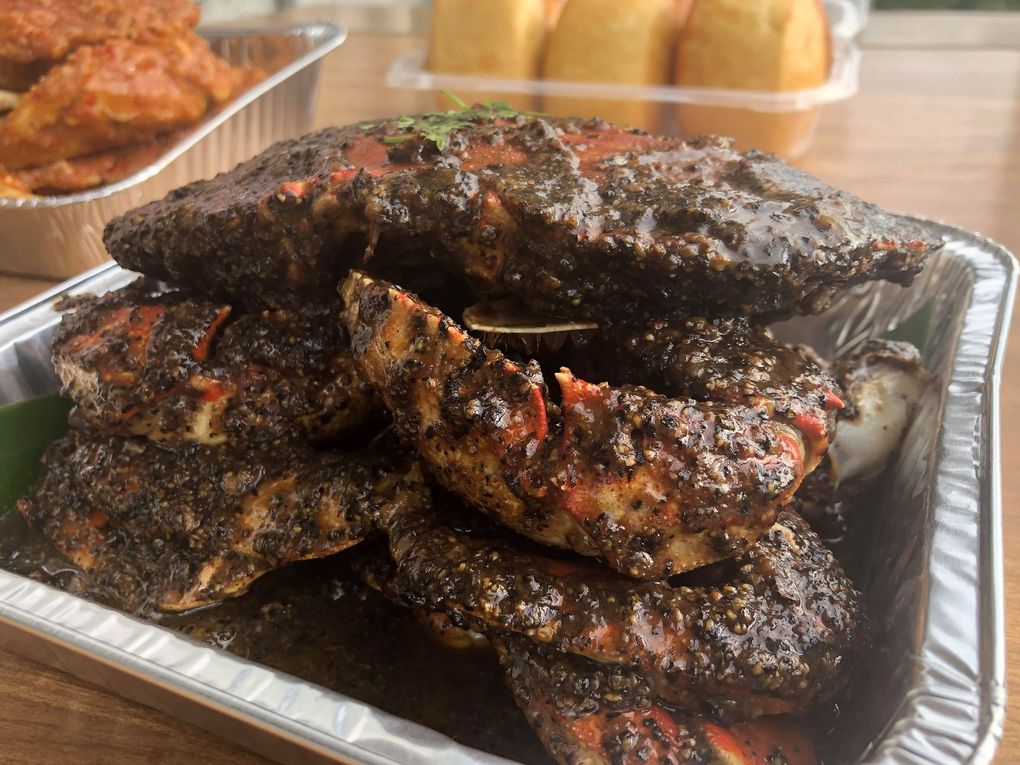
Marimakan Crabhouse and Marimakan Seattle are pop-ups that serve whole Singapore-style pepper and chili Dungeness crabs, elaborate seafood boil bags and Singapore hawker center foods like seafood laksa (spicy curry noodle soup). Orders have to be placed ahead of time, but it’s well worth it: The pepper crabs are spicy and rich with butter, and the chili crab is wonderfully sweet and smoky.
Musang
11 a.m.-2:30 p.m. and 4-10 p.m. Wednesday-Saturday, 11 a.m.-2:30 p.m. Sunday; 2524 Beacon Ave. S., Seattle; musangseattle.com
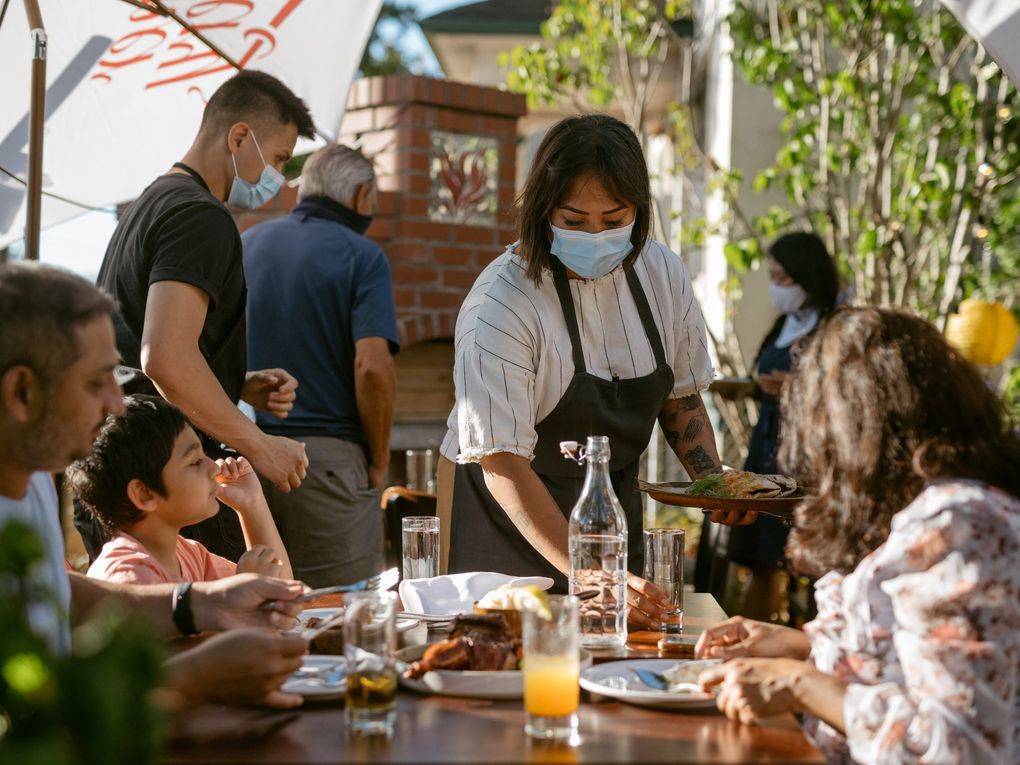
Miranda’s Musang on Beacon Hill is celebrated for the chef’s use of Pacific Northwest ingredients in Filipino-inspired dishes, and for the restaurant’s community kitchen, which was started to help food-insecure people during the pandemic. Soon after the restaurant opened in January 2020, my colleague Bethany Jean Clement raved about Miranda’s “extra-savory but nuanced” adobong pusit pancit, made with cornstarch noodles, cuttlefish-ink fish stock and adobo base.
Phnom Penh Noodle House
11 a.m.-8 p.m. Thursday-Tuesday; 913 S. Jackson St., Suite A, Seattle; phnompenhnoodlehouse.com
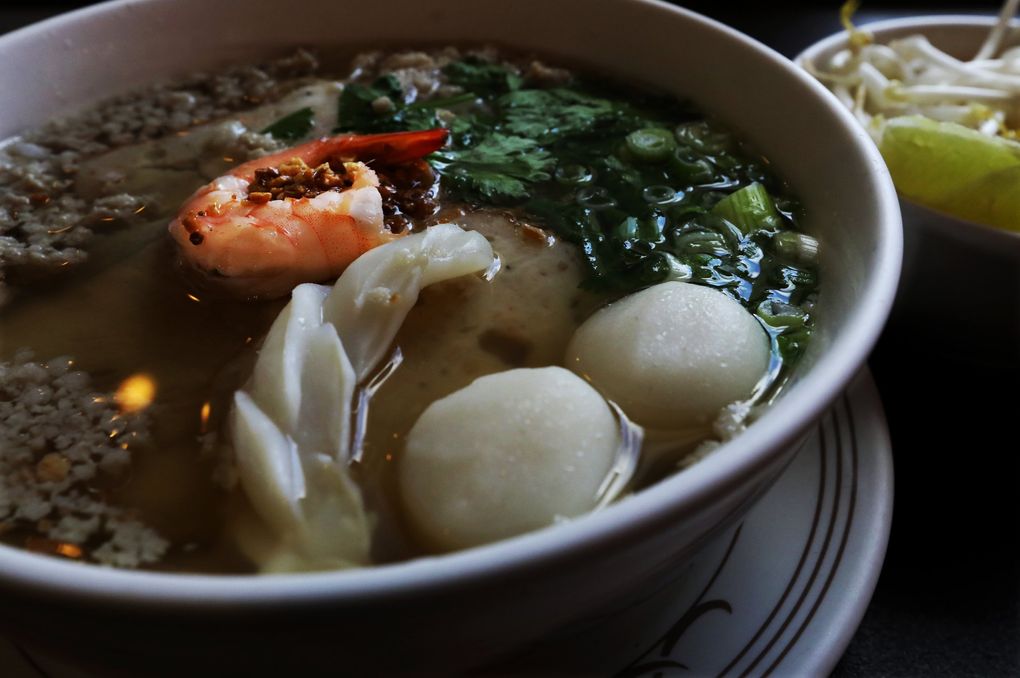
Phnom Penh Noodle House opened in 1987 serving seven Cambodian noodle dishes and is now in its third location in the Chinatown International District. The menu has wings, salads, soups and stir-fries now. One of the second-generation owners, Diane Le, says to order one of the original dishes if you’re going for the first time, like the Phnom Penh special rice noodles, a medley of prawns, calamari, fish cakes, fish balls, pork, noodles and herbs.
Reunion
11 a.m.-2:30 p.m. Wednesday, 11 a.m.-2:30 p.m. and 4-8 p.m. Thursday-Saturday, 11 a.m.-2 p.m. Sunday; 339 Kirkland Ave., Suite C, Kirkland; reunionmalaysian.com
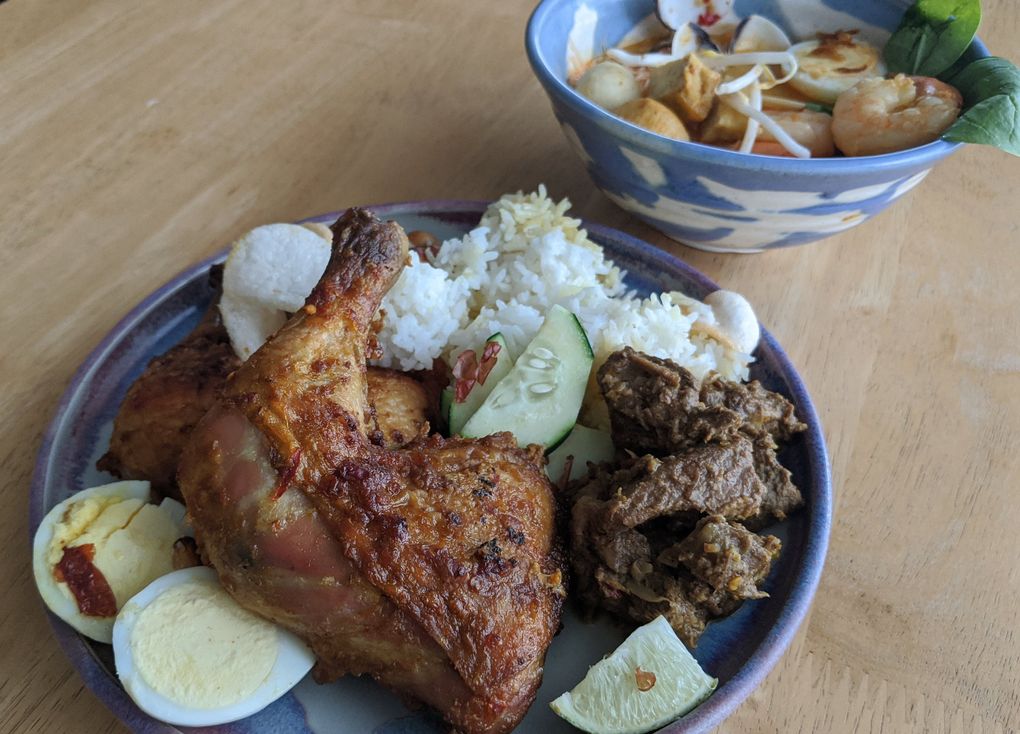
Reunion owner Tju says his spot is probably the only Malaysian-owned Malaysian restaurant in Washington. My colleague Jackie Varriano found joy in the contrast of angel hair vermicelli and chewy wheat noodles in the spicy seafood laksa, as well as the fall-apart lemon grass beef and the burnished, garlic-and-chili-rubbed chicken quarters in the “national plate.”
Taurus Ox
Noon-9 p.m. Tuesday-Saturday; 1523 E. Madison St., Suite 101, Seattle; taurusox.square.site
Taurus Ox is revered in Seattle as much for its traditional Laotian sausages, sticky rice and khao soi noodle soup as it is for its fusion dishes, like a burger that’s loaded with two patties, cured pork, taro stem and Laotian sauces. My colleague Tan Vinh loves Taurus Ox’s “phad Lao” with for its springy noodles “almost like al dente pasta, with each strand caramelized in fish sauce and palm sugar for an umami bite.”







